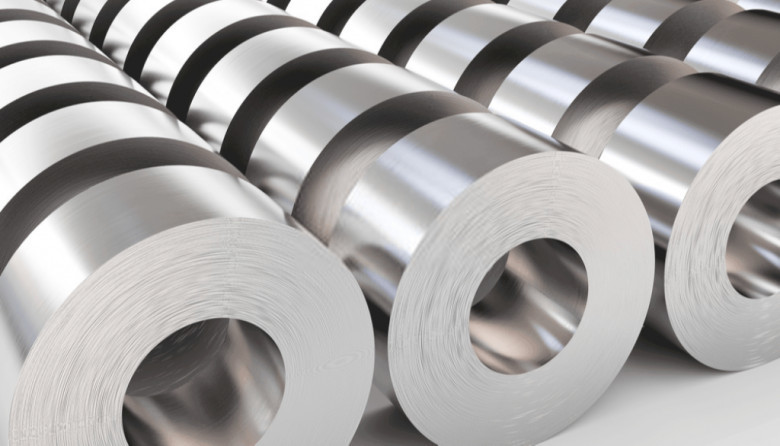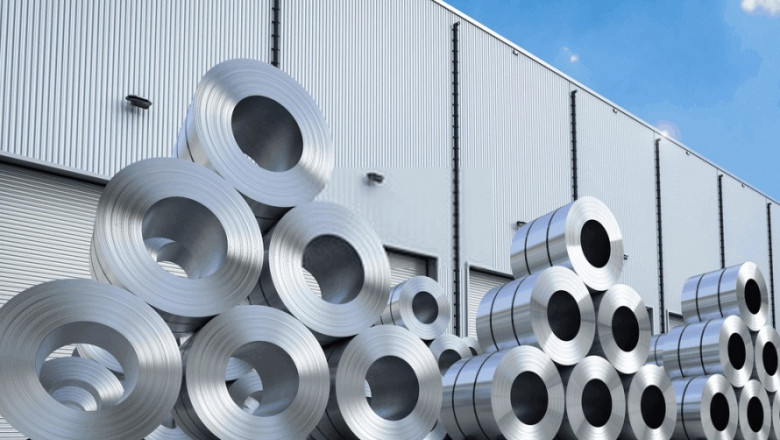views
Electrical steel market growth, while buoyed by the global push toward electrification and clean energy transitions, is not without its fundamental challenges. As demand intensifies across sectors such as electric vehicles (EVs), renewable power generation, and efficient grid infrastructure, the industry faces a unique set of barriers that could throttle its growth trajectory. These challenges are deeply rooted in capacity limitations, technological rigidity, cost imbalances, and regulatory fragmentation, all of which require proactive mitigation strategies from both private and public stakeholders.
Supply Shortages and Lagging Capacity Expansion
A central challenge limiting growth in the electrical steel market is the persistent supply-demand mismatch. Rapid expansion in downstream sectors—particularly the booming EV and renewable energy industries—has dramatically outpaced capacity expansions among electrical steel producers. The highly specialized production processes, especially for grain-oriented electrical steel (GOES), require long lead times and capital-heavy investments, creating an industry bottleneck.
This lag in capacity development places upward pressure on prices, extends lead times, and restricts the ability of manufacturers to respond to surging global demand. Without sufficient scale-up plans, particularly in developing economies, the market risks stalling growth in key end-use sectors that rely heavily on reliable and high-quality electrical steel.
Dependence on a Limited Supplier Base
The concentration of electrical steel production among a few major players—primarily located in Japan, China, South Korea, and some parts of Europe—has created a geographically limited supplier ecosystem. This overreliance heightens vulnerability to trade tensions, export restrictions, and localized disruptions such as energy shortages or labor strikes.
Moreover, emerging markets with rapidly growing demand, such as India and Southeast Asia, remain largely dependent on imports, leading to inflated costs and inconsistent availability. This supplier imbalance not only creates uncertainty for manufacturers but also undermines national initiatives aimed at self-reliant industrial growth, further complicating expansion plans.

Technological Inertia in Legacy Production Systems
The electrical steel market’s growth is also hindered by a lack of technological agility among traditional producers. Many facilities still operate with outdated infrastructure that cannot efficiently produce high-silicon, thin-gauge, or high-permeability grades demanded by modern energy systems and electric drivetrains. Upgrading to advanced production methods entails extensive reengineering, downtime, and training investments, which many firms are reluctant to undertake due to cost and risk concerns.
This inertia in innovation is particularly limiting at a time when downstream applications are evolving rapidly and demanding materials that support higher energy efficiency, lighter weight, and better magnetic performance. Without timely modernization, producers risk losing relevance in emerging high-growth segments.
Environmental Compliance and Cost Burden
As environmental regulations tighten globally, electrical steel manufacturers face escalating costs related to emissions control, water usage, and energy consumption. Producing electrical steel is already energy-intensive, and the push for greener processes has added another layer of compliance that must be absorbed through cleaner technologies or offset through emissions credits and carbon taxation.
Smaller producers or those located in countries with stringent regulatory frameworks often find it challenging to meet these new environmental standards without passing on costs to customers. This undermines competitiveness and can dampen growth in regions aiming for sustainable industrial expansion.
Skilled Labor Shortages and Workforce Gaps
A shortage of qualified technical talent is another constraint to growth in the electrical steel industry. From metallurgists and materials scientists to equipment engineers and quality assurance specialists, the labor force needed to support next-generation steel manufacturing is aging, and replacements are not being trained quickly enough.
This growing talent gap is especially visible in regions investing in domestic production capabilities for EVs and transformers but lacking institutional support for workforce development. Without addressing these skill shortages, manufacturers may be unable to scale efficiently or maintain product quality in the face of increasing demand.
Fragmented Global Standards and Market Entry Hurdles
Another major growth challenge lies in the fragmented nature of product standards and regulations across global markets. With no universal norms for electrical steel quality, coating, or performance benchmarks, companies must tailor their products to regional specifications—raising R&D and production costs, extending timelines, and complicating logistics.
This patchwork of standards presents a steep learning curve for new entrants and a competitive disadvantage for smaller firms without the resources to adapt quickly. For global players, the inefficiencies associated with compliance across jurisdictions can dilute the benefits of international expansion.
Conclusion: Converting Challenges into Competitive Leverage
The challenges limiting the growth of the electrical steel market are multifaceted, spanning operational inefficiencies, supply chain rigidity, regulatory pressure, and skill shortages. However, these hurdles also present opportunities for strategic innovation and transformation. Companies that invest in advanced technologies, forge supply chain resilience, and foster talent pipelines will be better positioned to lead the market into its next phase of expansion.
The transition to electrified transport, smart grids, and low-carbon energy infrastructure offers immense potential—but realizing it requires a clear-eyed approach to solving these growth challenges. Stakeholders who act early and decisively will not only overcome constraints but define the trajectory of the global electrical steel industry.






















Comments
0 comment